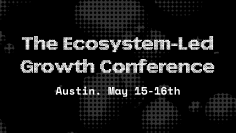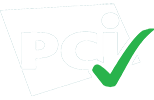The traditional GTM Playbooks aren’t working
Enter the Era of Ecosystem-Led Growth
Crossbeam helps you find, close, and keep more customers with the most powerful growth lever on the planet: your own partner ecosystem.









selling is better with partners
Make your ecosystem data work for you
Crossbeam watches your partner ecosystem and immediately shows you the data, people, and companies in your network that will accelerate and close your next deal. Stay ahead of your numbers and the competition with the exact plays you need at exactly the right time.
Did you know?
Ecosystem-Led deals are:
How it works
Step 1
Find Partners
Easily find and activate partnerships with over 19,000 companies on the Crossbeam network.
Step 2
Share Data
Securely share data with partners by connecting Crossbeam with CRMs, Data Warehouses, Google Sheets, and CSV files.
Step 3
Account Map
Use Crossbeam to automatically identify mutual accounts called ‘overlaps’ between your data and your partners’ data.
Step 4
Drive Sales
Co-sell with partners to identify new leads, advance existing deals, and grow customer accounts.
Crossbeam For partnerships
Simple but effective Ecosystem-Led Growth tools
Great partnerships start with great data. But knowing where to look and what to look for – all while trying to grow your ecosystem is just too complicated. With Crossbeam, it doesn’t have to be.
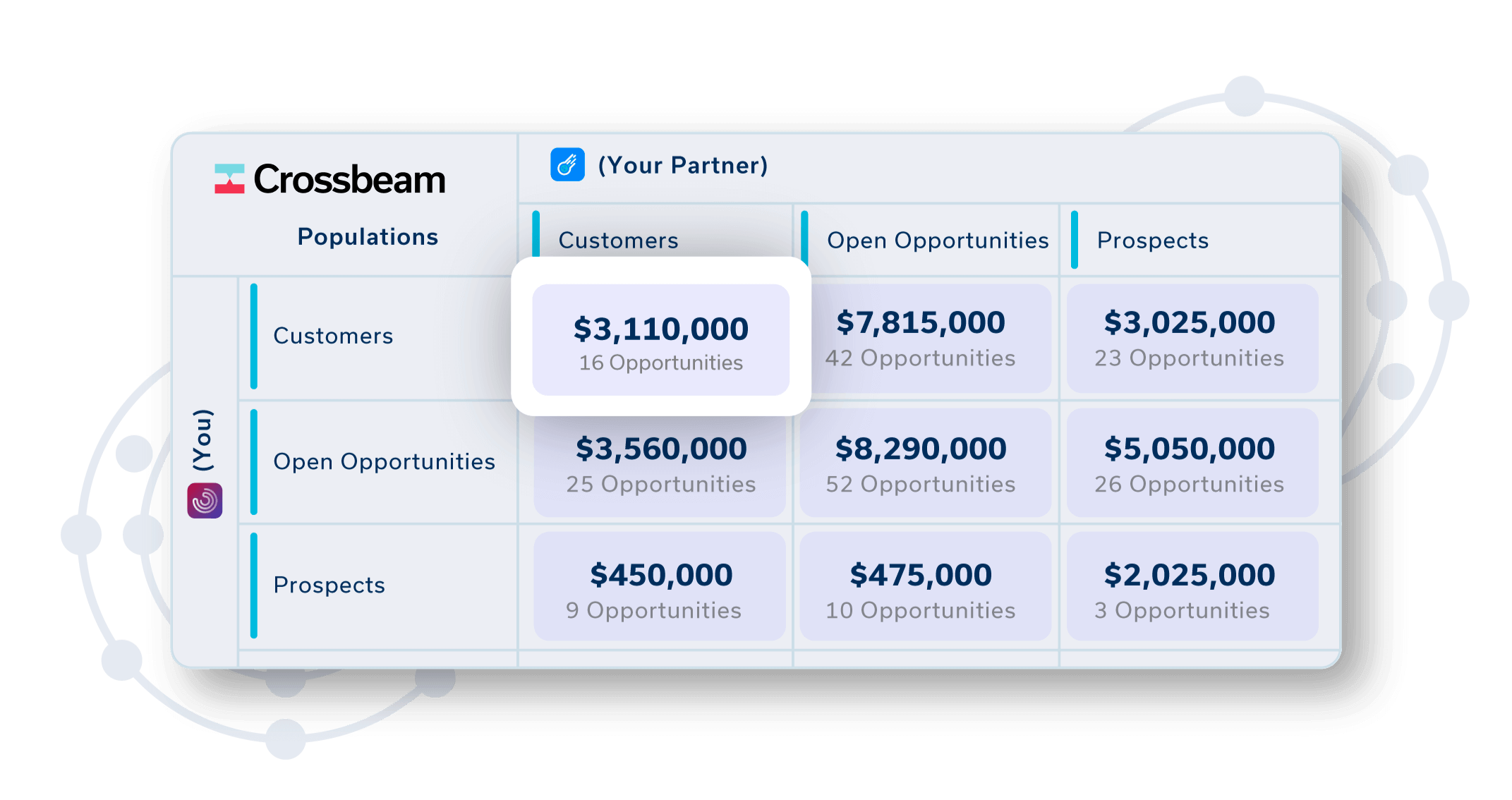
Automate account mapping
Pick winners and prioritize the right partnerships
Not all partners have the same potential, and not all collaborators will succeed. The difference? It’s all in the data. Crossbeam unlocks visibility into your strongest partners, prospects, and plays so you can source and attribute more revenue from your ecosystem.
Crossbeam for sales
The efficient way to capture and convert high-quality pipeline
Crossbeam transforms your sales organization with ecosystem intelligence you’ll turn to over and over again. Walk into every deal with the confidence, knowledge, and the support of your entire partner network.
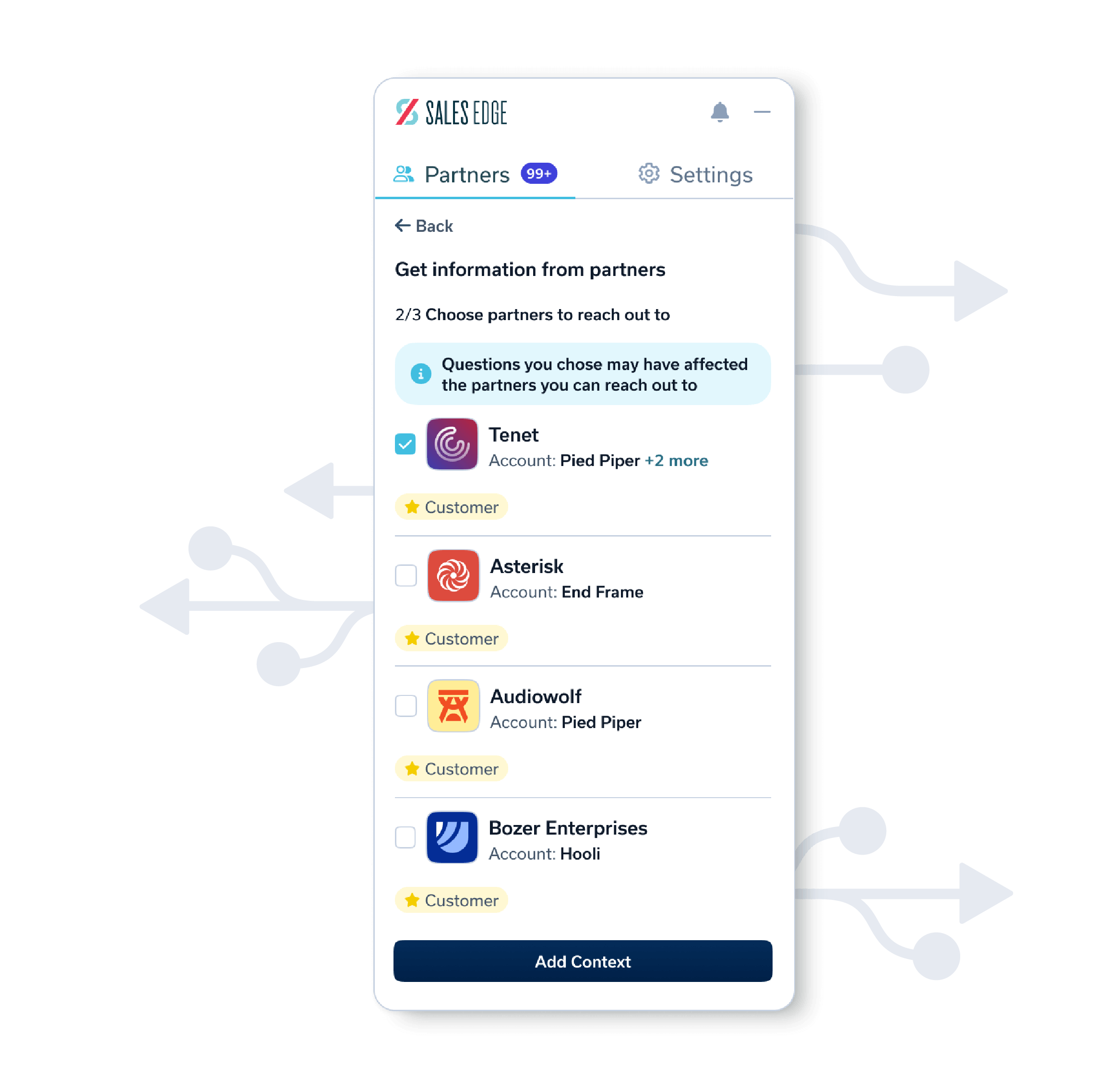
get warm partner intros
Close more deals and shorten sales cycles
Generating pipeline is the #1 challenge for sales teams. And with the death of the cookie, cold outreach is becoming less and less effective. Use Crossbeam Sales Edge to instantly connect with partners who have already closed your prospects and navigate every deal like a pro.










trusted by the fastest growing Tech titans
Powering Ecosystem-Led Growth for over 19,000 companies
Crossbeam is the global standard for Ecosystem-Led Growth. See how the world’s leading companies are using Crossbeam’s comprehensive GTM platform to automate account mapping, co-sell, and win bigger deals, faster.
Turn your ecosystem into your #1 revenue source
Get started in under a minute. Instantly capture insights from your partners. Identify more opportunities. Did we mention it’s free?
